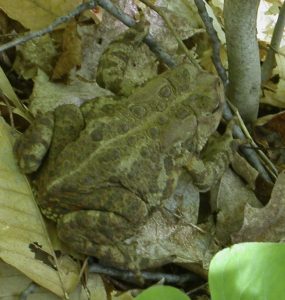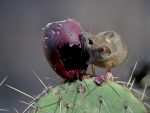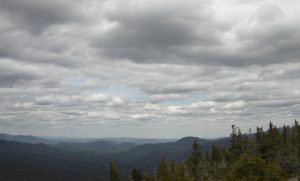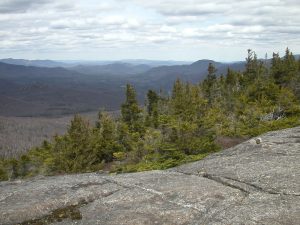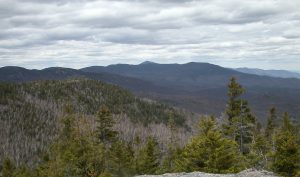Full moon eclipse in Gemini this week, and while a partial eclipse in this sign isn’t necessarily the most powerful, other astrological features are intensifying things. The longer-term square between Saturn and Uranus is magnified by retrograde Venus squaring Mars, inching up to a Venus-in-retrograde conjunction with the Sun.
The dominant social feature of the moment is protests against police homicides of Black people, sparked by the murder of George Floyd. Law enforcement has remained stuck in its abysmal patterns, racism being the pattern highlighted by the protests, and people of all races are sick of the willful refusal of this segment of society to change. This is a widespread issue, social in nature, not really about any one person (although it’s important that certain high profile people in the incendiary event be held accountable).
The trouble is that eclipses, even though wide ranging in effect, are personally felt. The moon is the quintessential personal planet, ruling and fueling emotions, and detachment in favor of the greater good is almost impossible. I have felt myself being drawn into my frustration with White people on the Left, particularly the “Right-on Lefty Dudes,” for the self-aggrandizing way they capitalize on other people’s pain. I’ve seen others become distracted over the stupidity of Trump’s comments in response to the protests or the clueless-as-usual way the elite journalist class tries to interpret the situation for us. Trump’s decision to involve the military should be roundly criticized, but the heart of the protests can be whitewashed by focusing on tangential issues. Troublesome moon energy demands attention to personal feelings, however inappropriate or inconvenient they appear to the intellect. I believe the best way to handle this is to recognize the myriad of personal issues surfacing and prioritize what belongs where and what is important now. The personal is political, but not every personal issue belongs in every political response.
Of course, other important things besides the demonstrations are happening on the planet. There’s still COVID-19. I’ve seen people complain that Americans can’t think about more than one issue at a time because the attention of the moment in the US has moved from the pandemic to homicidal racist police. Well, we get to decide where we put our attention. At the same time, a popular medical vlogger in England got pulled up by Americans for ignoring police brutality on his vlog about COVID-19! Did I mention this is a self-centered transit? Me-me-me. With a solar eclipse at the Solstice, and another lunar eclipse on July 5th, expect the emotionally intense self-absorbed energy to last until at least the July new Moon on the 20th. Remember: your emotions are valid; you only need to be mindful of how they’re directed.


